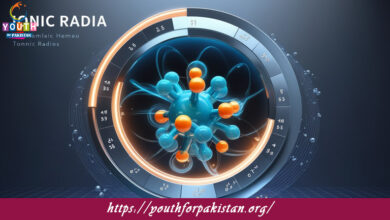Ideal Gas Equation MDCAT Quiz with Answers

Ideal Gas Equation MDCAT Quiz is a fundamental equation in chemistry, describing the behavior of ideal gases. This equation combines the principles behind several gas laws—Boyle’s Law, Charles’s Law, and Avogadro’s Law—into one broad and applicable formula: PV=nRT, where P represents pressure, V represents volume, n is the number of moles of gas, R is the ideal gas constant, and T stands for temperature, measured in Kelvin. It assumes that the gases are ideal; that is, the molecules of each gas do not interact with each other, and their volume compared to the volume of the container is negligible. Real gases under most conditions do not strictly observe the Ideal Gas Law, though it comes close under many conditions, especially those involving high temperatures and low pressures.
MDCAT Quiz over Ideal Gas Equation
Students of the MDCAT Quiz over the Ideal Gas Equation are challenged to apply the ideal gas equation to the determination of characteristics such as pressure, volume, temperature, or moles of an ideal gas. In determining other variables, one needs to be comfortable enough with rearranging the equation, hence requiring mastery of its application. Taking this quiz would help build problem-solving skills and prepare students for related questions in the MDCAT exam.
Free Flashcard for Ideal Gas Equation
Our Free Flashcard for the Ideal Gas Equation provides an easy-to-use reference for students to quickly review the equation and its components. These flashcards include the formula, explanations of each variable, and examples of problems that can be solved using the Ideal Gas Equation. This tool is perfect for quick revision and for solidifying understanding of the law, ensuring students are well-prepared for the MDCAT exam.
By mastering the Ideal Gas Equation through quizzes and flashcards, MDCAT students will be able to efficiently solve problems related to gas behavior, ensuring success in their exams.

The ideal gas law equation is expressed as PV = nRT, where R is the __________ constant.
Universal gas

The relationship between pressure and volume at constant temperature is an example of __________.
Boyle’s Law

According to the ideal gas equation, when temperature increases, the pressure of a gas will __________ if volume remains constant.
Increase

For an ideal gas, the volume is directly proportional to __________ when pressure is constant.
Temperature

For a gas sample, if the number of moles increases, the volume of the gas will __________ at constant pressure.
Increase
Experience the real exam environment with our expertly designed collection of over 25,000 MCQs MDCAT Mock Tests.





